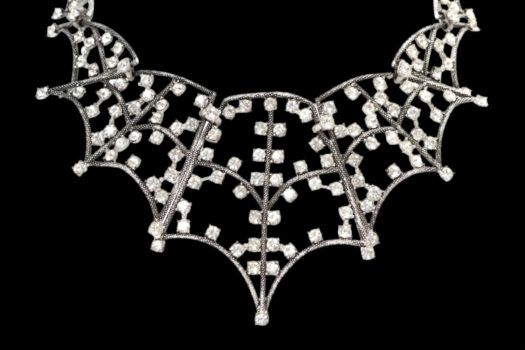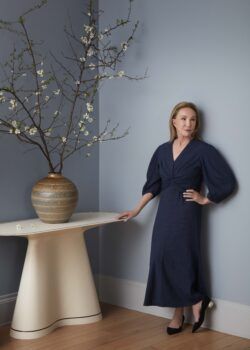The self-taught African American artist Purvis Young (1943–2010) has been variously described as a storyteller, an urban expressionist and a master of symbolism. After settling in the impoverished Black neighborhood of Overtown, Miami, in the late 1960s, Young began using abstract art to express his reactions to the joys and struggles of a community in strife.
His energetic brushstrokes and vivid palette, along with his observed and mythicized figures and motifs, became a lyrical language of social engagement, at once provocative and celebratory. For more than three decades, the artist — who often used found materials such as cardboard, splintered wood, carpet scraps, discarded doors, old books and broken crates as canvases for his mural-like installations — immersed himself in the complexities of Black life in urban America.
His desire to use art as a powerful force for change was galvanized by his deep connection to painting and collage making, allowing him to conceptualize the visceral realities of a shifting cultural landscape.
This vibrant midcareer work from 1995, titled Let Freedom Ring!, is a tribute to Martin Luther King Jr., featuring a found poster of the civil rights leader surrounded by a circle of lively silhouettes. It’s a seemingly straightforward piece charged with an undertone of thoughtfulness and ambiguity.
“The poster was designed by Carol Livingston to commemorate the establishment of a national holiday for Martin Luther King’s birthday and had been part of an impromptu graffiti wall before it found its way to Purvis’s studio,” explains New York–based gallerist and modern art specialist Skot Foreman. “Purvis is clearly having a dialogue with MLK in the piece, but we’re free to choose our own interpretation. Is it a party or a protest? Maybe it is both. He sets up a ‘call and response’ dynamic, where, with his usual restraint, he leaves the details to those of us viewing the work.”
By the same token, the artist’s visionary aesthetic straddles the boundaries between the seen and unseen — it shudders and shines in a way that is enduringly touching and relevant. “While Purvis was never shy about leaning into social issues, his work is really about the human condition,” Foreman says. “Love, joy, grief, fear, courage and the quest for freedom are things we all experience. Every time I look at a work, I see and feel something new.”






